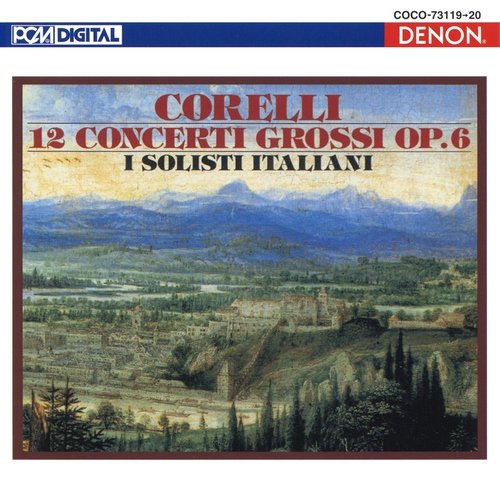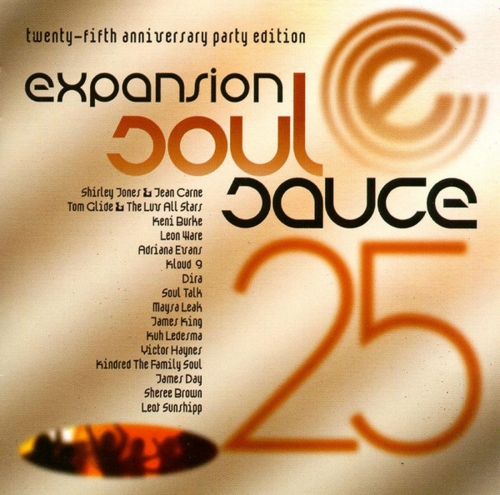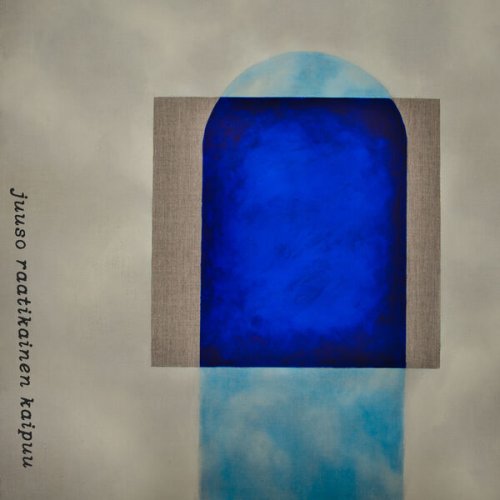I Solisti Italiani - Corelli: 12 Concerti Grossi Op. 6 (2010)

Artist: I Solisti Italiani
Title: Corelli: 12 Concerti Grossi Op. 6
Year Of Release: 2010
Label: Denon
Genre: Classical
Quality: FLAC (image+.cue,log,scans)
Total Time: 125:51
Total Size: 734 Mb
WebSite: Album Preview
Tracklist: Title: Corelli: 12 Concerti Grossi Op. 6
Year Of Release: 2010
Label: Denon
Genre: Classical
Quality: FLAC (image+.cue,log,scans)
Total Time: 125:51
Total Size: 734 Mb
WebSite: Album Preview
CD 1
Concerto No.1 in D major
1. Largo
2. Allegro
3. Largo
4. Allegro
5. Largo
6. Allegro
7. Allegro
Concerto No.2 in F major
8. Vivace-Allegro-Adagio-Vivace-Allegro-Largo andante
9. Allegro
10.Grave-Andante largo
11. All1egro
Concerto No.3 in C minor
12. Largo
13. Allegro
14. Grave
15. Vivace
16. Allegro
Concerto No.4 in D major
17. Adagio-Allegro
18. Adagio
19. Vivace
20. Allegro-Allegro
Concerto No.5 in B-flat major
21. Adagio-Allegro
22. Adagio
23. Allegro
24. Largo-Allegro
Concerto No.6 in F major
25. Adagio
26. Allegro
27. Largo
28. Vivace
29. Allegro
CD 2
Concerto No.7 in D major
1. Vivace—Allegro
2. Adagio
3. Allegro
4. Andante largo
5. Allegro
6. Vivace
Concerto No.8 in G minor ("Christmas Concerto")
7. Vivace-Grave
8. Allegro
9. Adagio-Allegro-Adagio
10. Vivace
11. Allegro
12. Largo. Pastorale ad libitum
Concerto No.9 in F major
13. Preludio:Largo
14. Allemanda: Allegro
15. Corrente:Vivace
16. Gavotta:Allegro
17. Adagio
18. Menuetto: Vivace
Concerto No.10 in C major
19. Preludio:Andante largo
20. Allemanda:Allegro
21. Adagio
22. Corrente:Vivace
23. Allegro
24. Menuetto:Vivace
Concerto No.11 in B-flat major
25. Preludio:Andante largo
26. Allemanda:Allegro
27. Adagio-Andante largo
28. Sarabanda: Largo
29. Giga:Vivace
Concerto No.12 in F major
30. Preludio:Adagio
31. Allegro
32. Adagio
33. Sarabanda:Vivace
34. Giga:Allegro
Performers:
I Solisti Italiani
I Solisti Italiani, formerly I Virtuosi di Roma under Renato Fasano (who died in 1980), occupy a niche akin to that of the Academy of St Martin in the Fields in England: their performances on modern instruments and using modern playing techniques greatly appeal to general audiences. I Solisti Italiani perform without a conductor; even the harpsichordist does not attempt to control the ensemble. In this performance of the Corelli Concerti grossi, the two concertino violin parts are shared out between four violinists, so that no one violinist or combination of players predominates.
The playing is immaculate, the fidelity to the printed page is undoubted. Certainly there is no self-indulgence—other than a warm vibrato—or fussiness, and virtuosity is made to serve the music. But would Corelli have been pleased? With reservations, I suspect. Principally, I Solisti Italiani lack sufficient sensitivity to metre and harmonic rhythm which, bound inextricably together, bring the music truly to life. Suspensions and hemiolas—so much a part of Corelli's music—are barely acknowledged; the harmonic tension usually generated by the suspensions (as in the Adagio and Grave of the Second Concerto or the Grave of the Third) is hardly felt, so that the loosening of tension provided at the final cadences by the hemiolas has less point. It is in these realms that Trevor Pinnock's English Concert excel, in their Gramophone Award-winning Archiv Produktion recording.
The performances of I Solisti Italiani are very much of the moment. Forward motion in the slow movements (as in the Andante Largo of the Seventh or the Preludio of the Tenth Concerto) and, indeed, a sense of overall conception of individual movements, be they slow or fast (as in the opening Allegro of the First Concerto or the Allemanda of the Ninth) are very much lacking. Accordingly, movements requiring a technical brilliance like the Vivace of the Third Concerto and the first Allegro of the Fourth, while not without electricity, do not run at the high voltage of The English Concert.
If the Italian playing, then, is brilliant, it is no more so than that of the English early-music ensemble. In fact, the articulation noises created by off-the-string bowing on highly strung, modern instruments is entirely absent in the period instrument recording (although the close miking in the new version, particularly of the first concertante violin, might be a contributory factor to this impression). The solo elaborations played by the harpsichordist in the Adagio of the Ninth Concerto and the first violinist in that of the Tenth betray a lack of stylistic awareness, by contrast with the elegant improvisations of The English Concert (on the violin and theorbo respectively).
I Solisti Italiani's performances will certainly be preferred over other recent recordings on modern instruments, such as those of the more romantically inclined Cantilena (Chandos) and the heavier-handed Slovak Chamber Orchestra (Opus/Rare Records). But if you value emotionally compelling performances—with all the technical virtuosity one could wish for—that harken back to the Corellian era, Pinnock's English Concert recording is in a class by itself.'
The playing is immaculate, the fidelity to the printed page is undoubted. Certainly there is no self-indulgence—other than a warm vibrato—or fussiness, and virtuosity is made to serve the music. But would Corelli have been pleased? With reservations, I suspect. Principally, I Solisti Italiani lack sufficient sensitivity to metre and harmonic rhythm which, bound inextricably together, bring the music truly to life. Suspensions and hemiolas—so much a part of Corelli's music—are barely acknowledged; the harmonic tension usually generated by the suspensions (as in the Adagio and Grave of the Second Concerto or the Grave of the Third) is hardly felt, so that the loosening of tension provided at the final cadences by the hemiolas has less point. It is in these realms that Trevor Pinnock's English Concert excel, in their Gramophone Award-winning Archiv Produktion recording.
The performances of I Solisti Italiani are very much of the moment. Forward motion in the slow movements (as in the Andante Largo of the Seventh or the Preludio of the Tenth Concerto) and, indeed, a sense of overall conception of individual movements, be they slow or fast (as in the opening Allegro of the First Concerto or the Allemanda of the Ninth) are very much lacking. Accordingly, movements requiring a technical brilliance like the Vivace of the Third Concerto and the first Allegro of the Fourth, while not without electricity, do not run at the high voltage of The English Concert.
If the Italian playing, then, is brilliant, it is no more so than that of the English early-music ensemble. In fact, the articulation noises created by off-the-string bowing on highly strung, modern instruments is entirely absent in the period instrument recording (although the close miking in the new version, particularly of the first concertante violin, might be a contributory factor to this impression). The solo elaborations played by the harpsichordist in the Adagio of the Ninth Concerto and the first violinist in that of the Tenth betray a lack of stylistic awareness, by contrast with the elegant improvisations of The English Concert (on the violin and theorbo respectively).
I Solisti Italiani's performances will certainly be preferred over other recent recordings on modern instruments, such as those of the more romantically inclined Cantilena (Chandos) and the heavier-handed Slovak Chamber Orchestra (Opus/Rare Records). But if you value emotionally compelling performances—with all the technical virtuosity one could wish for—that harken back to the Corellian era, Pinnock's English Concert recording is in a class by itself.'








